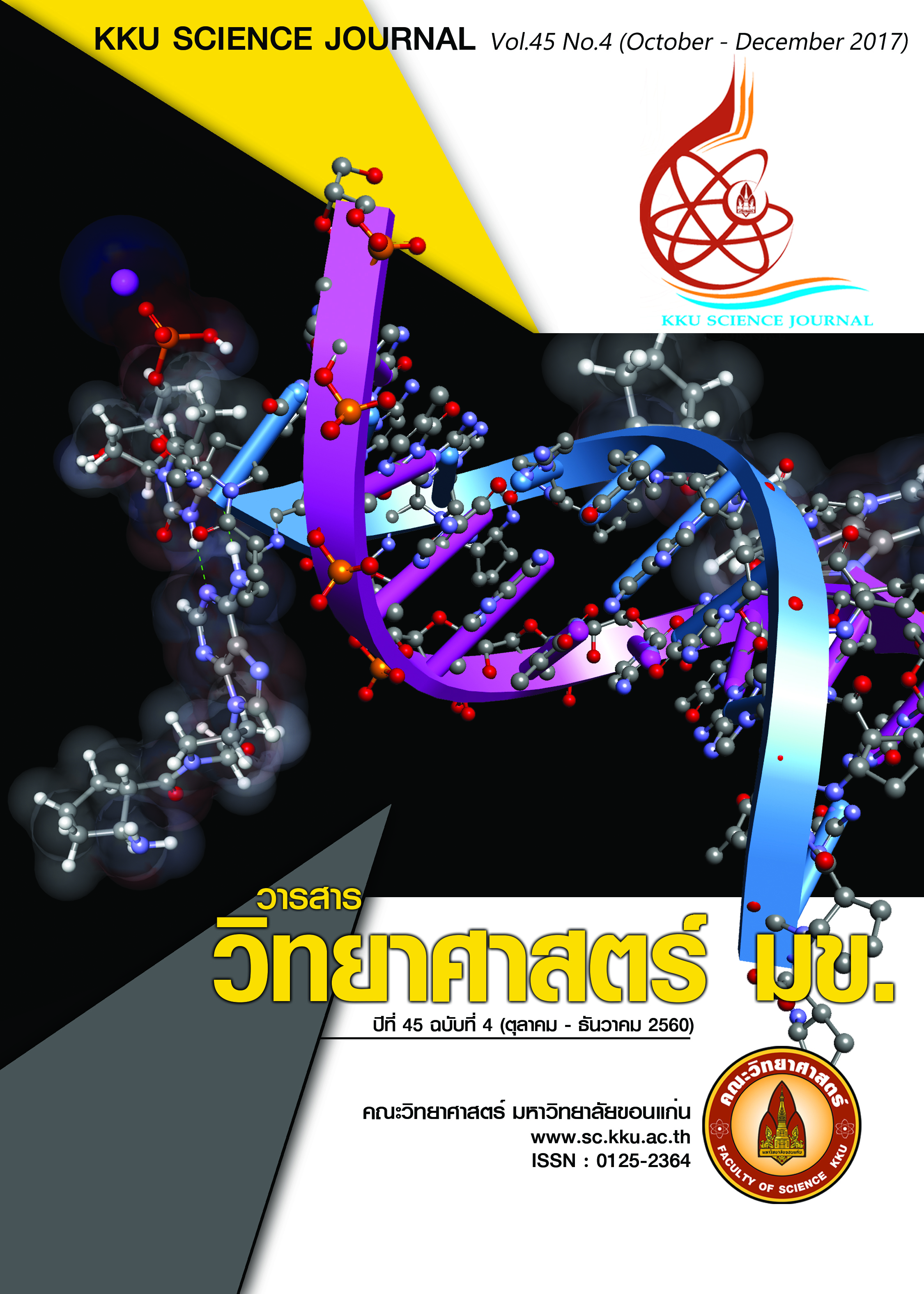DHX38 gene expression in Asian green mussel (Perna viridis) exposed to bisphenol A
Main Article Content
Abstract
Bisphenol A (BPA) is an endocrine disrupting chemicals (EDCs), which affects animal metabolism, especially in the reproductive system. Nowadays, there are plenty of biomarkers used to detect BPA contamination in the environment. In this study, DEAH box polypeptide 38 (DHX38) gene expression levels in the digestive gland (or hepatopancreas) of adult Asian green mussel (Perna viridis) was investigated by semi quantitative RT-PCR. The animals exposed to BPA by injection at 10 ng g-1 dry weight (dw) compared to the control group (BPA at 0 ng g-1dw), for 0, 6 and 12 hours were examined. The results showed that the expression levels of DHX38 gene between male and female were not significantly different (p>0.05). Considering the expression level of DHX38 gene in both sexes of mussel exposed to BPA for 6 hours was 0.96±0.11, higher than in the control group (0.74±0.09), but no statistically significant difference (p>0.05). While both the control and BPA exposed groups at 12 hours had the lower expression levels of DHX38 gene than the control group at 0 and 6 hours (p<0.05), the expression levels of DHX38 gene of these two groups at 12 hours were not significantly different (p>0.05), however. Therefore, the BPA exposure time should be extended. This could be a crucial factor for studying the changes in DHX38 expression in Asian green mussel and could be useful as a sensitive biomarker of exposure for detecting BPA contamination in aquatic resources.
Article Details

This work is licensed under a Creative Commons Attribution-NonCommercial-NoDerivatives 4.0 International License.


